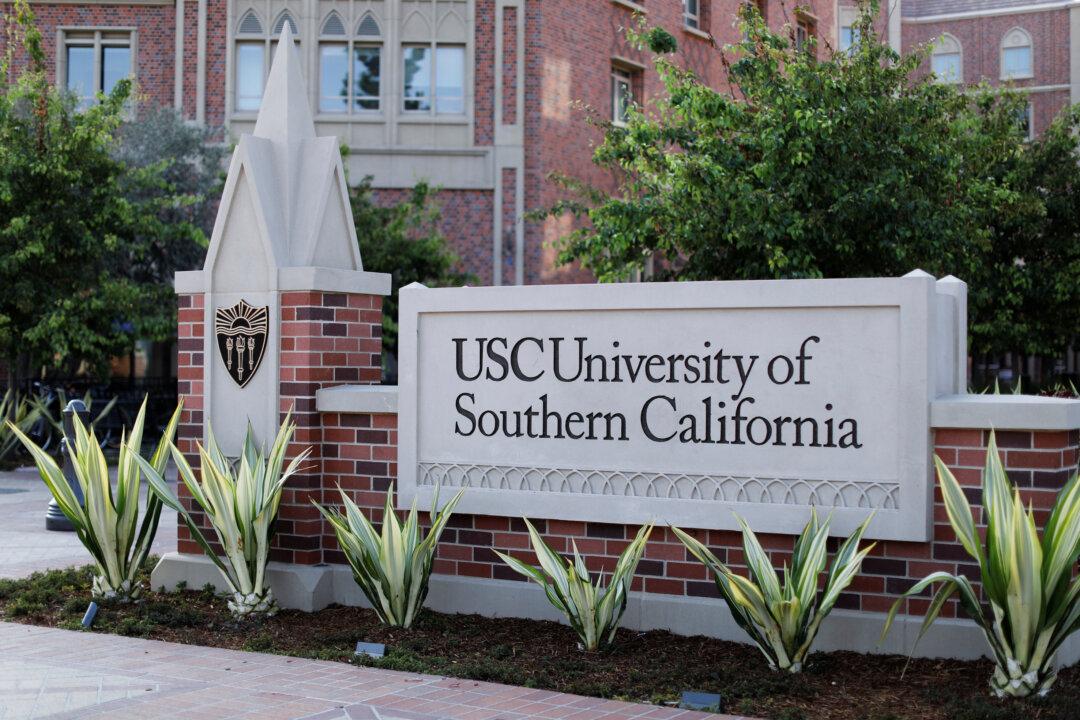While the United States and China have been in an overt trade war for more than a year, a covert one-sided assault from China has been taking place ever since it joined the World Trade Organization (WTO) in the year 2001. By not abiding by the WTO regulations for fair and reciprocal trade, regarding forced technology transfer, intellectual property theft and other trade barriers, China has accumulated a persistent trade surplus with The United States, which in turn has caused tremendous manufacturing job losses in the US.
In response, the Trump Administration has imposed tariffs on $250 billion worth of Chinese goods, with potential tariffs on $300 Billion more. On August 6th, the United States Department of the Treasury designated China a “Currency Manipulator, though it is unclear if this is a specific actionable consequence to China.




